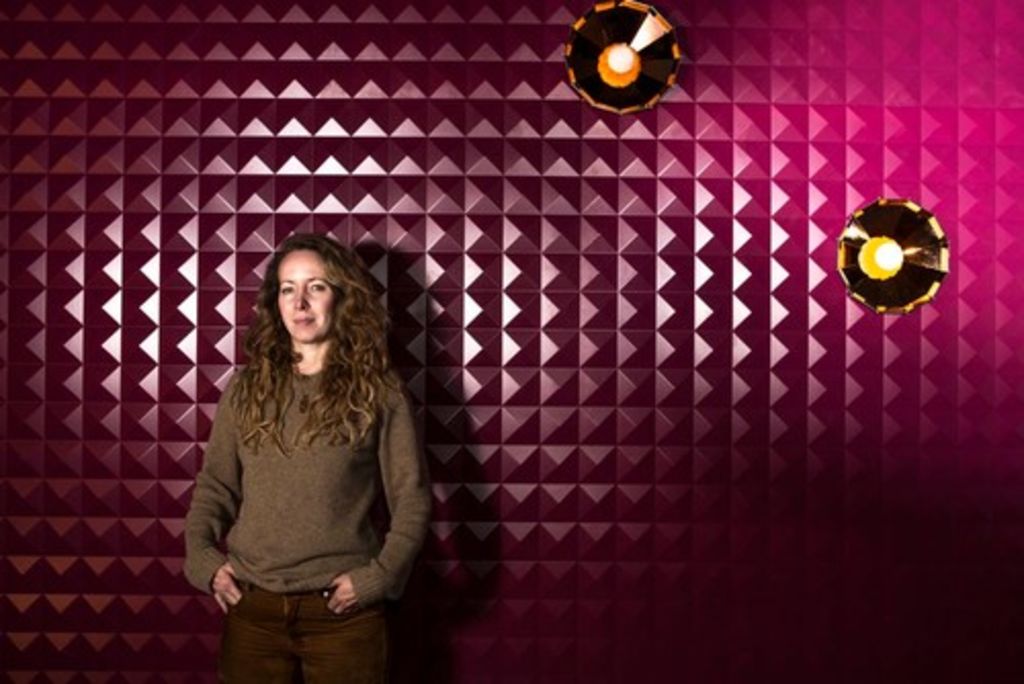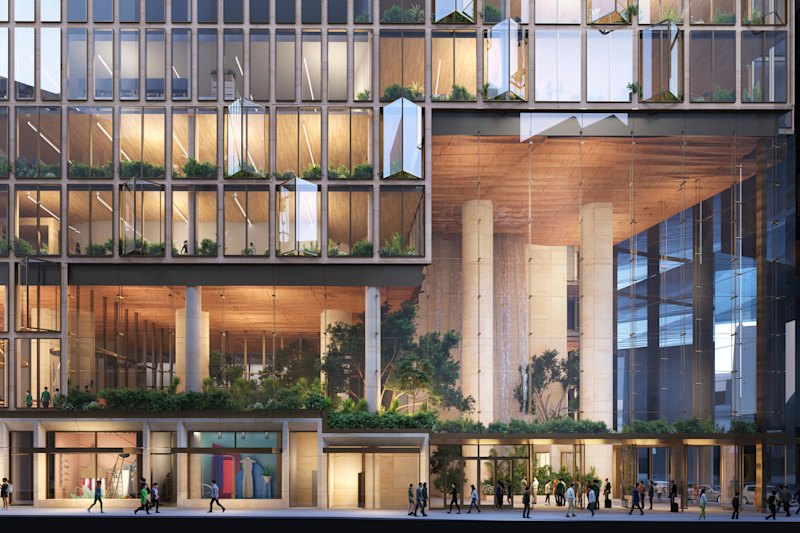'The one thing I always include in a project': An interview with interior designer Kelly Ross

Author: Nicky Lobo
As the creative mind behind some of the most imaginative homes and restaurants in Sydney, interior designer and creative director of The Gentry, Kelly Ross, brings an intriguing splash of psychology and drama to interior design.
What do you do?
I am an interpreter and storyteller. I take information relating to how a space needs to be used, and its history or the people who are using it, and mix that with a creative formula purposed just for that client. I then re-imagine it and communicate back to the client via colour, texture and shape.
My formal training is in technical theatre and human environment design, a mix of psychology and interior design. I like to approach designing a space as an opportunity to reflect the people who live there, and build interactions between them through emotion and memory-making.

What are the three most important things to consider when designing a home?
Who is using the space? How are the spaces being used? Where do people connect and come together in the home and how can they also achieve privacy? Future-proofing is essential when designing a home, especially if there are children in the conversation. It’s important to know that the evolving needs of the current or future family or individuals can be met by the way the space is planned. The way we interact with and use a home is best when it’s seamless.

How should a client form a brief for their home?
I always ask my clients to write a list, after consulting with each member of the family, about what they do and don’t like about any home they have lived in. They then distil that into a sort of wish list. I ask them to do a bit of research on the looks and styles they like, and to photograph and send me images of objects that are very important to them or aspirational.
I ask them to learn a bit about what the design process involves, so I’m not needing to single-handedly manage their expectations. They need to be sure about their budget and time frame, and exactly what they wish to achieve within both of those.

What’s the first thing you do when you need to prune the budget for a project?
Creating bespoke fixtures, finishes and fittings within the home can dramatically push the price up. The first budget review I do is to assess what can be pared back and matched with a comparable product that’s off the shelf. There are so many products out there that are customisable in an accessible, affordable way that still create a sense of individuality.

What’s the one thing you always include in a project?
Natural light – any unusual or unexpected way to incorporate it is welcomed. Lightwells and windows increase the sense of scale in a house and, I believe, the wellbeing of people inside a home.
Who is an established local architect/designer you admire?
Pascale Gomes-McNabb in Melbourne. Although an architect, it’s her interiors that fascinate me. Her design and customisation is unapologetic and a little “down the rabbit hole”. I love that she is intuitive and lets her gut guide her about how to respond to a space or a client. Her gift is in her use of materiality, plus she harnesses the power of contrast so beautifully.
Who is an emerging architect/designer to watch?
Projects of Imagination in Melbourne. This team brings a whole “big-picture” quality to the spaces they design, with a powerful sense of branding and identity throughout. The result is so cohesive and polished in terms of the experience. I am attracted to the work of storytellers.
Do you prefer a big or small home, and why?
I’m a firm believer in the idea of the more space you have the more you will use, but is it always necessary? You can achieve such clever things with small, so the problem-solving potential really appeals to me.
The most important thing is the dialogue between family members – to have and maintain a dialogue between people in a space; to have busy and quiet spaces; and most importantly to never feel isolated. Big houses can quickly become isolating if they tip the balance between spacious and huge.

Which is best, high-tech or low-tech, and why?
Low-tech space, high-tech trappings. I’ve always like the idea of “having it all”. By this I mean I’d like to live in a barn that’s fitted out with Sonos (audio) and SubZero (appliances).
There is a lot of meaning, substance and warmth in low-tech, so paired with the efficiency and potential earth-wise sensibilities of high-tech, it can provide both meaning and functionality in design.
What’s your favourite room in the home, and why?
Kitchen – the best parties are always in the kitchen.
We recommend
We thought you might like
States
Capital Cities
Capital Cities - Rentals
Popular Areas
Allhomes
More







